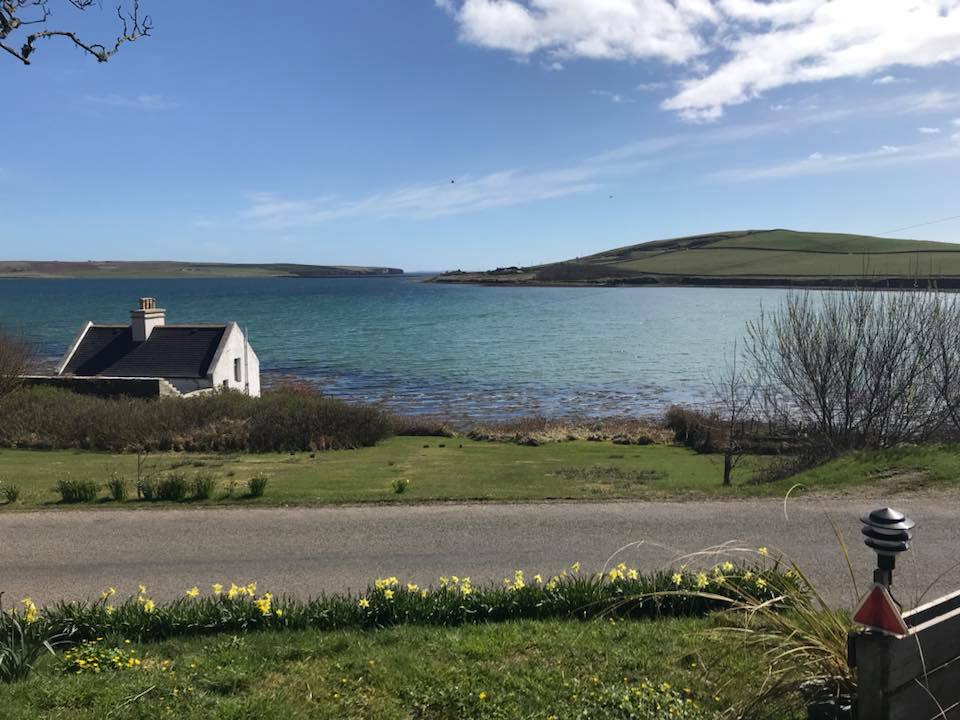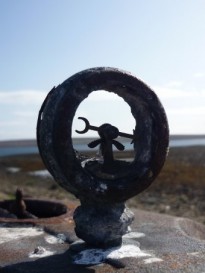(Adapted from post in the Society for One-Place Studies April A-Z 2020)
Gamekeeper was a very uncommon occupation in North Walls and Brims, my one-place study area. The role there would have been very different from the Highland estates for at least two major reasons: there are no deer and no salmon rivers in Orkney.
Unlike a lot of Orkney, Hoy is hilly, with big areas of moor land. For most of the 19th century it was owned by two lairds, firstly the Moodie family and then the Heddle family, with their “big hoose” at Melsetter. The Melsetter estate, as it is usually known, included most of Hoy as well as the neighbouring islands of Graemsay, Fara and Rysa Little.

Early days
The 1861 census recorded William Gunn, 25, born in Halkirk, Caithness, as gamekeeper at Melsetter, the first one found so far in the Walls area. He may have been brought in because of his experience of game-keeping gained elsewhere. However, in the 1871 census he was back home in Halkirk, still a gamekeeper and so perhaps the experiment had been short-lived. Or had he trained someone local who was hidden in the 1871 census under another occupation? Or just home on a visit?
By the early 1880s there are press reports of shooting in Orkney. For example:
Melsetter Moors – On Saturday afternoon 7 brace of grouse, 18 snipe, and 3 rabbits were got in two and a half hours. It is not the practice at Melsetter to shoot heavily till the end of August.”
“The Moors”, Aberdeen Press and Journal, 15 August 1882
That was the only report for Orkney, though a few other parishes had gamekeepers. The report went on to mention a “Mr Dendy and party”, clarifying that “shooting will probably not be general until after August 20th.”
So, shooting on the estate appears to have been quite well established by this time, possibly with paying clients, or at least friends of the laird, John GM Heddle. In turn, this implies some kind of game-keeping was going on.
From other articles, grouse, snipe, hare and rabbit were the main prey. Changed times, for the snipe is currently on the RSPB’s amber list for conservation. In addition, there was trout fishing in Heldale Loch and Hoglinn’s Water and probably sea-fishing.
Change afoot
In 1898, the Melsetter estate was sold to Thomas Middlemore, a bicycle seat manfacturer from the English Midlands, who was already leasing Westness House, Rousay, Orkney. For the first time, this was “new-money” taking over. Almost immediately, change seems to have started for on 11 January 1899 the Orkney Herald carried an advert for a principal gamekeeper for the Melsetter estate. Might this mean there was already someone in place but greater expertise was required?
Only a few weeks later on 1 February, the same newspaper reported on a supper and presentation in Rousay for Mr W Marwick, Westness, who was about to leave the island to take up the role of principal gamekeeper at Melsetter. A case of Thomas Middlemore taking good staff with him?
In the Highlands, gamekeeping was an occupation that often followed from father to son, even to this day. This does not seem to have been the case on the Melsetter estate if the three early 20th century gamekeepers are typical.
Three gamekeepers
From the census, William Marwick’s career went from farm servant in Rousay in 1891 to gamekeeper at Melsetter in 1901 to Ground Officer there in 1911 which was more of an estate management role.
William Marwick was not the only Rousay man to move. When George Mainland married in Rousay on 1 February 1900, the announcement in The Orcadian, 9 February, described him as “gamekeeper, Rysa”. He seems to have looked after the northern part of Walls for he was at Cletts, Walls, 1901, and Rysa Lodge, Walls, 1911. Born in 1867, the son of a Rousay crofter, he was a fisherman on the Lively, berthed at Westray, Orkney in the 1891 census. His death registration in 1948 described him as retired gamekeeper.
From local memory, Edward Guthrie (1856-1941) was one of the last gamekeepers on the estate. His career path is interesting. Born in Sanday, Orkney, he moved to Walls between 1901 and 1903, going by the births of his children. In the 1901 census he was a butler (domestic) at Scar, Sanday, the same in 1891 but a coachman there in 1881. He was, therefore, well used to life in service but indoors rather than outdoors. It is quite likely that he was appointed following an advert in the Orkney Herald, June and July 1901, for an assistant gamekeeper. Clearly the estate was looking to develop its money-making potential.

The Guthries, like William Marwick and family before them, lived at Mill Cottage, not far from the “big hoose” at Melsetter, one of the loveliest corners in the area. Unlike “the Shepherd’s Cottage” not far away, it seems people never called this house “the Gamekeeper’s Cottage” despite the kennels there, perhaps because gamekeepers did not consistently live there.
Two memories
My father (1921-2009) had at least one season of grouse beating, his main memory being the very good cider provided by Mrs Theodosia Middlemore, Thomas’s widow! Refreshing on long, hot, tiring days. Others remember that milk for the estate dogs and ferrets was taken down to the kennels in wine bottles from the big hoose. Perhaps a way of concealing the empties?
Sources – and memories sought
My sources are mainly censuses, newspapers and some books; I only found the occupation of gamekeeper in the 1861, 1901and 1911 Walls censuses. Clearly there is more to do on this occupation; I’ve only checked Orkney newspapers on the British Newspaper Archive up to mid-January 1914 for the term gamekeeper and there is a gap in coverage from 1871-1888, a fairly critical period for this study. There are also the Melsetter estate papers, which may say more about their gamekeepers’ duties. I’ve included a few local memories but would really like some more before they are lost. Please feel free to add comments below.
I am grateful to Fiona Fraser, a descendant of one of the gardeners at Melsetter (another G!), for permission to use her photograph of Mill Cottage.


Loved the blog. From a S. African apparent Moodie descendant
Thank you, glad you enjoyed my blog. I understand that there was a place called Melsetter in what is now Zimbabwe, renamed Chimanimani in the 1980s.